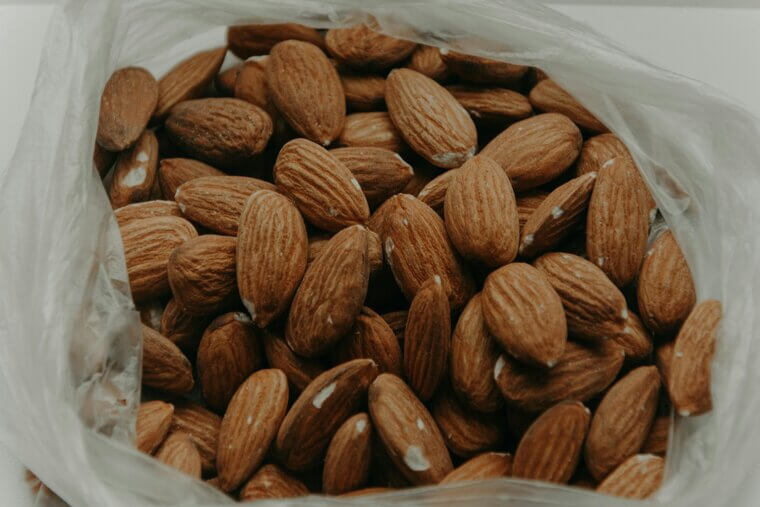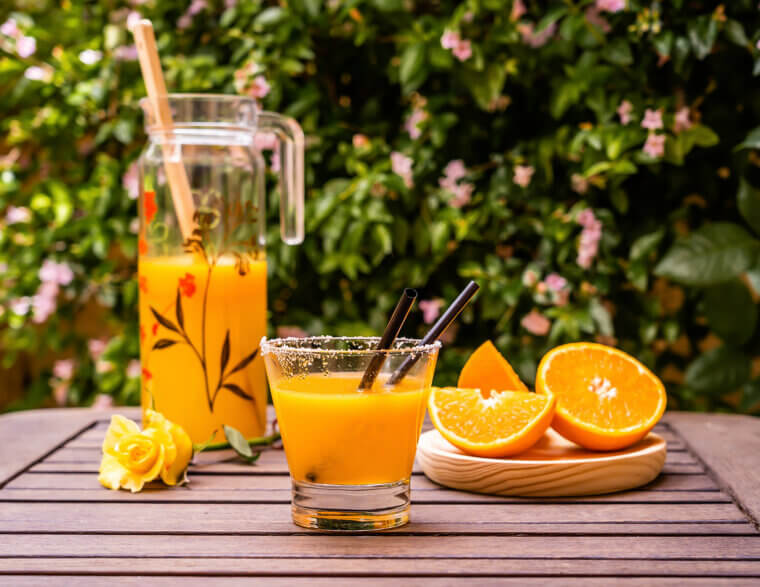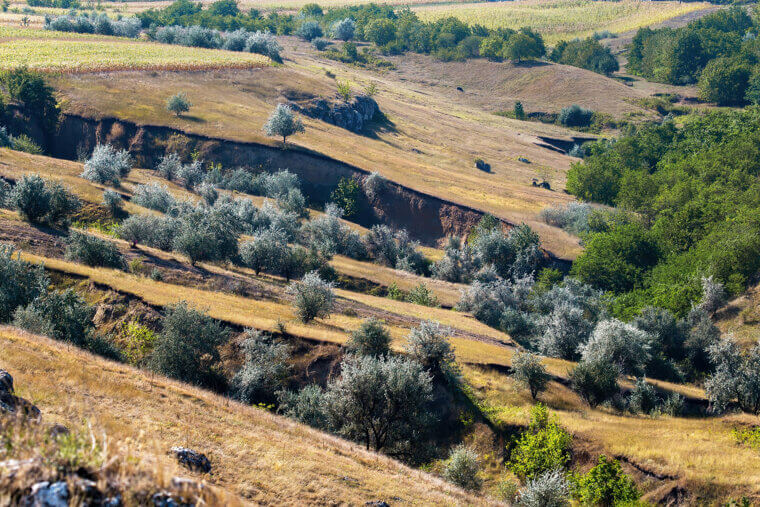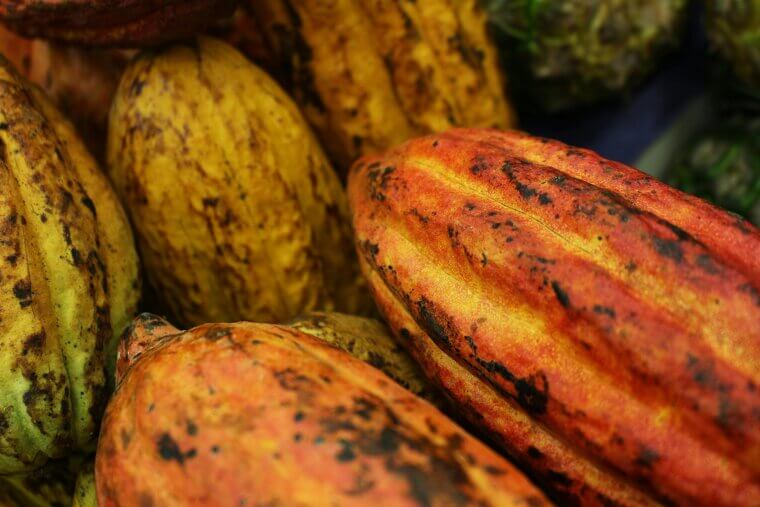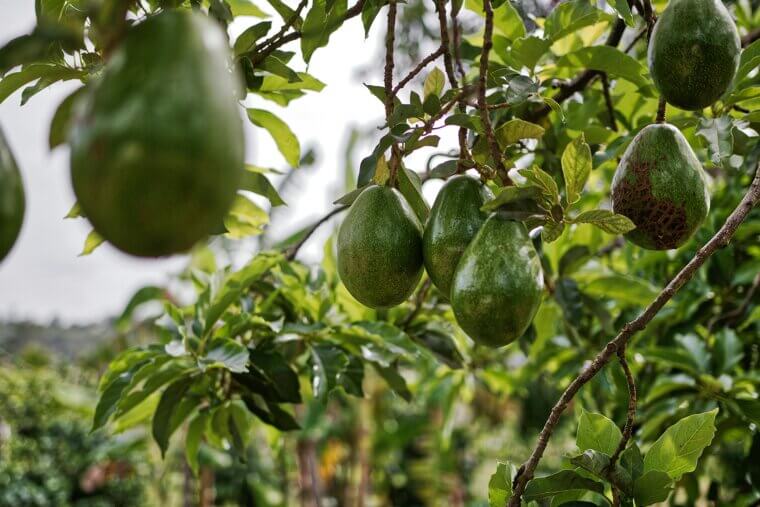Brazil’s Black Frost on Coffee
July 2021 delivered Brazil’s black frost to Minas Gerais and São Paulo, and arabica trees paid the bill. Blossoms and young branches died, shrinking future yields and nudging prices up from cafés to supermarket shelves. Roasters tweaked blends, pulling more robusta while shipping routes shuffled for supply. Insurers checked claims, but growers eyed windbreaks and frost-tolerant cultivars for next time. Diversified sourcing became gospel for chains chasing steady beans. If you monitor markets, keep an eye on ICE Arabica futures and seasonal bloom reports out of Brazil each spring.
California Megadrought and Almonds
California’s long megadrought squeezed almond orchards from 2012 through 2016 and again in the 2020s. Water cuts and scorching heat meant fewer nuts per tree and smaller kernels, so prices crept higher from bakery bulk bins to barista cartons. Bakers, snack makers, and almond milk fans all felt the pinch. Byproducts raised feed costs, while some orchards were pulled out entirely. Growers leaned into micro irrigation, groundwater plans, and hedges with pistachios. Watch Sierra snowpack and Central Valley allocations, since wet years reset expectations and dry ones reopen supply gaps.
Hurricane Irma and Florida Orange Juice
September 2017 brought Hurricane Irma across Florida’s citrus belt, where wind and flood knocked fruit from branches and stressed already vulnerable trees. Orange juice futures jumped, then supermarket prices followed, reaching breakfast tables, cafeterias, and brunch bars. Processors imported more oranges and some brands tweaked blend recipes to stretch supply. Growers focused on wind firm rootstocks, improved drainage, and crop insurance for the next storm. If you track the breakfast economy, watch Florida orange crop forecasts and preseason storm outlooks, since fields and prices react faster than headlines each season.
Thailand Floods and Hard Drives
With factories underwater, a huge slice of global HDD output paused, sending laptop and external drive prices higher for months. Students, gamers, and remote workers felt the squeeze. Electronics makers rushed to reroute parts and accelerated moves toward solid-state storage. The resilience plan became clear: multi-country sourcing, elevated plants, and flood barriers. Watch river levels near industrial zones during the monsoon season, because water quietly moves the tech market.
Mediterranean Drought and Olive Oil
From 2022 to 2024, drought and heat baked Spain, Italy, and Portugal, shrinking olive crops and lowering oil content across famous groves. Extra virgin bottles climbed in price at restaurants, markets, and home kitchens, while some stores rationed stock. Producers blended from new origins or shifted styles to keep shelves filled. Growers trialed drought-tolerant cultivars, deficit irrigation, and smarter orchard designs. If olive oil anchors your pantry, watch Andalusia rainfall and global stock reports closely. When skies stay stingy, harvests drop, and salad dressing suddenly counts as a luxury item.
West Africa Rains and Cocoa
Soaked farms invite disease, while muddy roads and port backlogs slow beans to exporters, which pushes chocolate prices higher for candy makers and holiday bakers. Some brands shrink bars or tilt recipes toward sugar and milk to cope. Growers rehabilitate aging orchards, improve fermentation processes, and consider purchasing weather insurance. The Harmattan’s strength and port arrivals tell the near-term story. When wind, rain, and logistics conspire together, even the baking aisle learns a valuable, real-life lesson about West African weather.
Madagascar Cyclones and Vanilla
Madagascar grows most of the world’s bourbon vanilla, and cyclones regularly test that fragile supply. When Enawo hit in 2017, vines snapped, curing sheds failed, and theft risks rose, sending prices skyward for bakers, gelato shops, and perfumers. Buyers pivoted to Tahitian vanilla or synthetic vanillin to maintain flavor consistency. Farmers added shade trees, promoted traceability, and constructed sturdier curing houses to prepare for future seasons. If you follow this aromatic market, keep an eye on Indian Ocean cyclone forecasts and export auctions. When storms spin, dessert menus quietly rewrite themselves for months.
Mississippi River Drought and Freight
When the Mississippi runs low, barges carry less grain, fertilizer, and salt, then queue at pinch points, which pushes freight rates higher. That cost echoes through flour mills, livestock feed, and grocery prices, especially during dry spells like late 2022. Rail and truck pick up slack, but at a higher cost and with limited capacity. Resilience looks like dredging, temporary storage, and diversified ports on other rivers or coasts. Watch the Memphis gauge and spot rates for clues. In the middle of the country, water levels quietly set kitchen budgets for months.
Texas Deep Freeze and Plastics
February 2021 froze the Gulf Coast, and petrochemical plants shut down or suffered equipment damage. With ethylene and propylene production curtailed, resins for packaging, paint, diapers, and appliance parts ran short, lifting prices for manufacturers and everyday shoppers. Backlogs for PVC, polyethylene, and adhesives took months to clear. Companies talked about weatherization, dual sourcing, and recycled content to buffer the next freeze. If plastics touch your product line, watch capacity updates during cold snaps. A few days of ice can echo through supply chains long after pipes stop rattling for weeks.
British Columbia Wildfires and Lumber
In British Columbia, extreme wildfire seasons like 2017 and 2021 forced mill shutdowns and snarled rail, which throttled lumber and plywood supply. Builders, DIY renovators, and home buyers felt sticker shock as projects slipped. Some switched to metal framing or delayed renovations entirely. The resilience playbook includes fuel breaks near communities, diversified mill sites, and salvage logging where safe. Keep an eye on provincial fire danger ratings and rail service alerts each summer. When smoke thickens, wood markets cough, and budgets squeak in home aisles across the continent for months.
Australia Floods and Coking Coal
Queensland’s major floods, particularly in 2010 and 2011, inundated mines and railways that transport coking coal, a key ingredient for steel used in cars, appliances, and construction. If you track industrial inputs, watch rainfall anomalies, and closely monitor logistics bulletins. When water wins, furnaces wait, and downstream prices adjust with the patience of molten metal for months.
Mexico Weather Swings and Avocados
In Mexico’s Michoacán and Jalisco, weather fluctuations rapidly impact the avocado market. Drought and wind reduce fruit set and size, so prices rise for restaurants, home cooks, and game day guacamole plans. Shippers shift volumes, portion sizes shrink, and some menus lean harder on lime while supply recovers. Growers invest in windbreaks, drip irrigation systems, and multi-regional sourcing deals with buyers. When orchards sigh, even toast trends wobble, and shoppers rethink the extra scoop at home.


